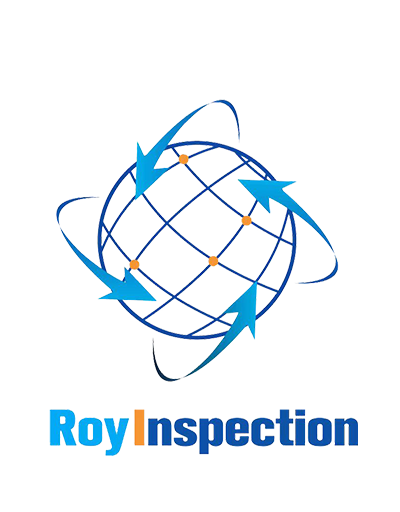IntroductionThe lighting system in your home or business plays an important role in maintaining a safe and comfortable environment. However, it’s easy to overlook the importance of regular maintenance and inspections for your lighting system. In this article, we’ll explore the benefits of a thorough Light Inspection and why it’s important to keep your lighting system in top condition.1. Improved Energy EfficiencyA comprehensive light inspection can identify any fixtures or bulbs that are using too much energy. Upgrading to energy-efficient bulbs or fixtures can help you save money on your energy bills while reducing your carbon footprint.2. Increased SafetyA properly functioning lighting system is critical for maintaining safety in your home or business. A thorough light inspection can identify any damaged or faulty wires, fixtures or bulbs that need to be replaced to avoid electrical fires or other hazards.3. Better PerformanceIf your lighting system is outdated or in need of repair, you may experience poor performance or inconsistent lighting. A comprehensive light inspection can identify areas that need improvement and help you optimize your lighting system for better performance.4. Longer Lifespan for Your Lighting FixturesA well-maintained lighting system can last longer than one that is neglected. A light inspection can identify any issues in your lighting system that may be causing wear or damage to your fixtures or bulbs and help you address these issues to extend the lifespan of your lighting system.5. Compliance with Regulations and StandardsDepending on the type of building and its use, lighting systems will need to meet certain regulations and standards. A comprehensive light inspection can ensure that your lighting system is in compliance with these regulations and standards to avoid any legal or financial liabilities.6. Savings on Long-Term Maintenance CostsA comprehensive light inspection can identify any potential issues before they become major problems. By addressing these issues early on with the help of a licensed electrician, you can avoid costly repairs or replacements in the future.7. Improved Aesthetic AppealA lighting system that is outdated or mismatched can detract from the overall aesthetic appeal of your home or business. A thorough light inspection can help you identify areas where you can improve the overall look and feel of your lighting system.8. Increased Property ValueA well-maintained and properly functioning lighting system can increase the value of your property. By optimizing your lighting system through a thorough inspection, you can enhance the overall value of your home or business.9. Peace of MindA comprehensive light inspection can give you peace of mind knowing that your lighting system is in top condition and operating safely. This can help you avoid any stress or worry related to potential hazards or liabilities associated with an outdated or poorly maintained lighting system.10. Professional AssistanceA licensed electrician can offer professional assistance in conducting a thorough light inspection. With their expertise and knowledge of electrical systems, they can help you identify any potential issues and provide guidance on improving the performance and lifespan of your lighting system.Quote InquiryIf you have any questions, pls contatc us asap!










